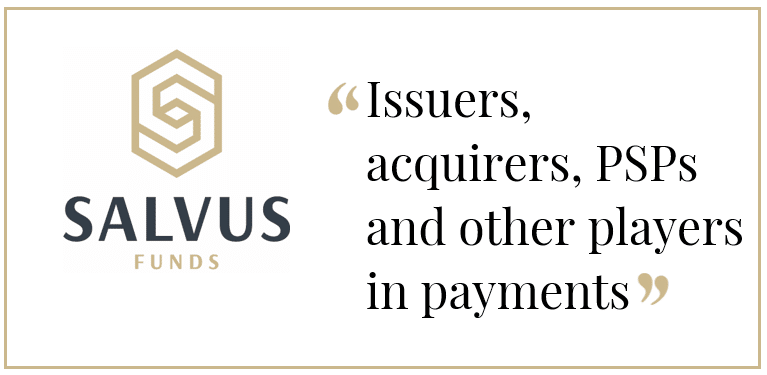Issuers, acquirers, PSPs and other players in payments
Over a decade of what we see as the payments revolution in Europe, a lot of new players make up the payments industry. From the Payments Service Directive 1 (PSD1) in 2007 creating a single market for electronic payments in the EEA to its revision via the Payment Service Directive 2 (PSD2) in 2016, things have changed. These days traditional banks, electronic money institutions (EMI) and neobanks (think Revolut and Monzo), payment service providers (PSP), payment gateways, processors, facilitators (and the list goes on) work together, complementing or substituting each other. The end goal? Enabling merchants in different markets to accept payments for their services and products.
In this article, we explore (nearly) all the participants and their role in an everyday scenario where an online Merchant, gets to accept payments. In other words, receive funds in their bank account.
- An Issuer is a bank (called the Issuing Bank) or other financial institution that issues cards (debit, credit, prepaid) to bank account holders (the Cardholder). These cardholders are the Merchant’s
- The Issuer may be a Principal Member to a Card Association (think Visa, MasterCard, UnionPay, JCB) and
- processes payments,
- manages limits,
- supply authorisations and settlements directly,
- or it becomes a Member and these actions are taken on by another Payment Processor which is a Principal Member.
- The Cardholder visits and places an order on Merchant’s
- The order is a sensitive transaction and the transaction’s information sent between the Cardholder’s browser and the Merchant’s website are encrypted. In between other methods, this may be done via SSL encryption. This transaction details are forwarded to the Merchant’s such as PayPal.
- The Payment Gateway converts the message from XML to a variant message format understood by EFT Switches and then forwards the transaction information to the Payment Processor used by the merchant’s Acquiring Bank – this is the bank the Merchant uses.
- The Payment Processor forwards the transaction information to the Card Association it is connected to (e.g. Visa). If the Cardholderused a card from the same Card Association (e.g. a Visa), then the Card Association also acts as the Issuing Bank and directly provides a response of approved or declined to the Payment Gateway.
- Otherwise, the Card Association routes the transaction to the appropriate card Issuing Bank. The card Issuing Bank receives the authorization request, verifies the credit or debit available and then sends a response back to the Payment Processor via the same process as the request for authorization with a response code (i.e. approved, denied). In addition to communicating the fate of the authorization request, the response code is also used to define the reason why the transaction failed (i.e. insufficient funds, or bank link not available).
- The card Issuer holds an authorization associated with that merchant and consumer for the approved amount. This can impact the consumer’s ability to spend further because it reduces the line of credit available or it puts a hold on a portion of the funds in a debit account.
- The Payment Processor forwards the authorization response to the Payment Gateway, who receives the response, and forwards it onto the website, or whatever interface was used to process the payment, then relayed back to the merchant and cardholder. The entire process typically takes 2–3 seconds.
- The Merchant then fulfils the order and the above process can be repeated to Clear the authorization by consummating the transaction. Typically, the Clear is initiated only after the merchant has fulfilled the transaction (I.e. shipped the order). This results in the Issuing Bank ‘clearing’ the ‘auth’ (i.e. moves funds on hold to a debit) and prepares them to settle with the Merchant’s Acquiring bank.
- The Merchant submits all approved authorizations to their Acquiring Bankfor settlement via its Payment Processor, in an end-of-day batch. This typically reduces or Clears the corresponding Auth if it has not been explicitly
- The Acquiring Bank makes the batch settlement request of the card Issuing Bank.
- The Issuing Bank makes a settlement payment to the Acquiring Bank (the next day in most cases).
- The Acquiring Bank subsequently deposits the total of the approved funds into the Merchant’s nominated account (the same day or next day). The entire process from authorization to settlement to funding typically takes 3 days.
This typical scenario of an online transaction draws a pretty complete picture of the role of each player and the inter-connection of them in delivering their service to the end user, the Merchant and the Cardholder.
One of the most vital, and challenging components of doing business of any sort is having access to banking institutions and payment solutions. We at SALVUS have nurtured relationships across different geographies, which can help you overcome this challenge and get on with doing business (and accepting payments).
Talk to us. Do not hesitate to contact us if you require further information. We will be glad to support you in finding a solution appropriate or answering your questions.
#StayAhead.


